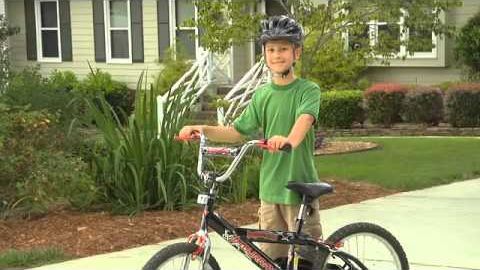
字幕與單字
讓我們一起去騎車吧!第一課:準備騎車 (Let's Go Biking! Lesson 1: Get Ready to Ride)
00
Pedroli Li 發佈於 2021 年 01 月 14 日收藏
影片單字
draw
US /drɔ/
・
UK /drɔ:/
- v.t.吸引注意;吸引人;拉;拖;汲取;引出
- n. (c./u.)引人之處;抽籤;平局
- v.i.靠近;接近;以平局收場
- v.t./i.畫圖
A1 初級多益初級英檢
更多 使用能量
解鎖所有單字
解鎖發音、解釋及篩選功能
